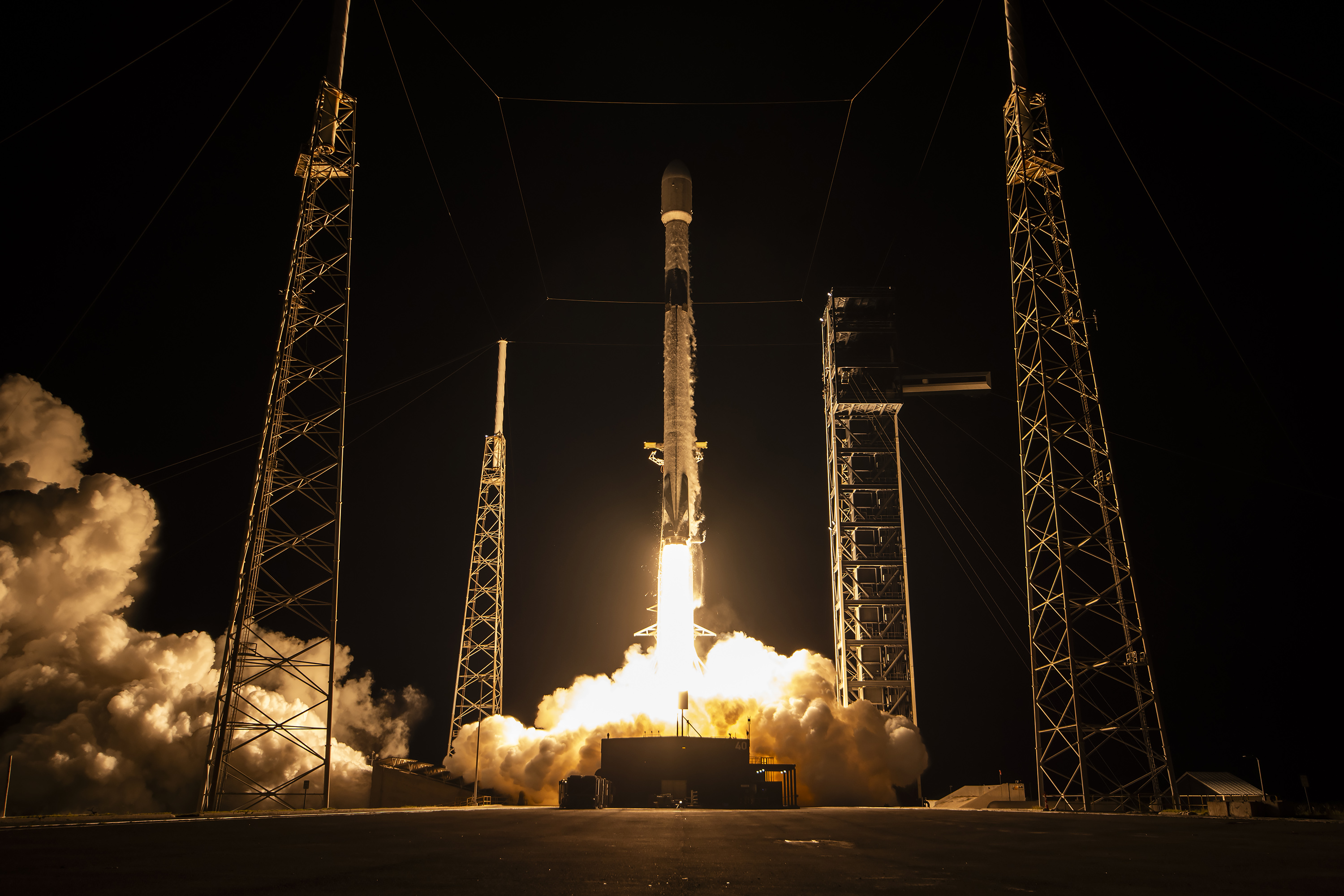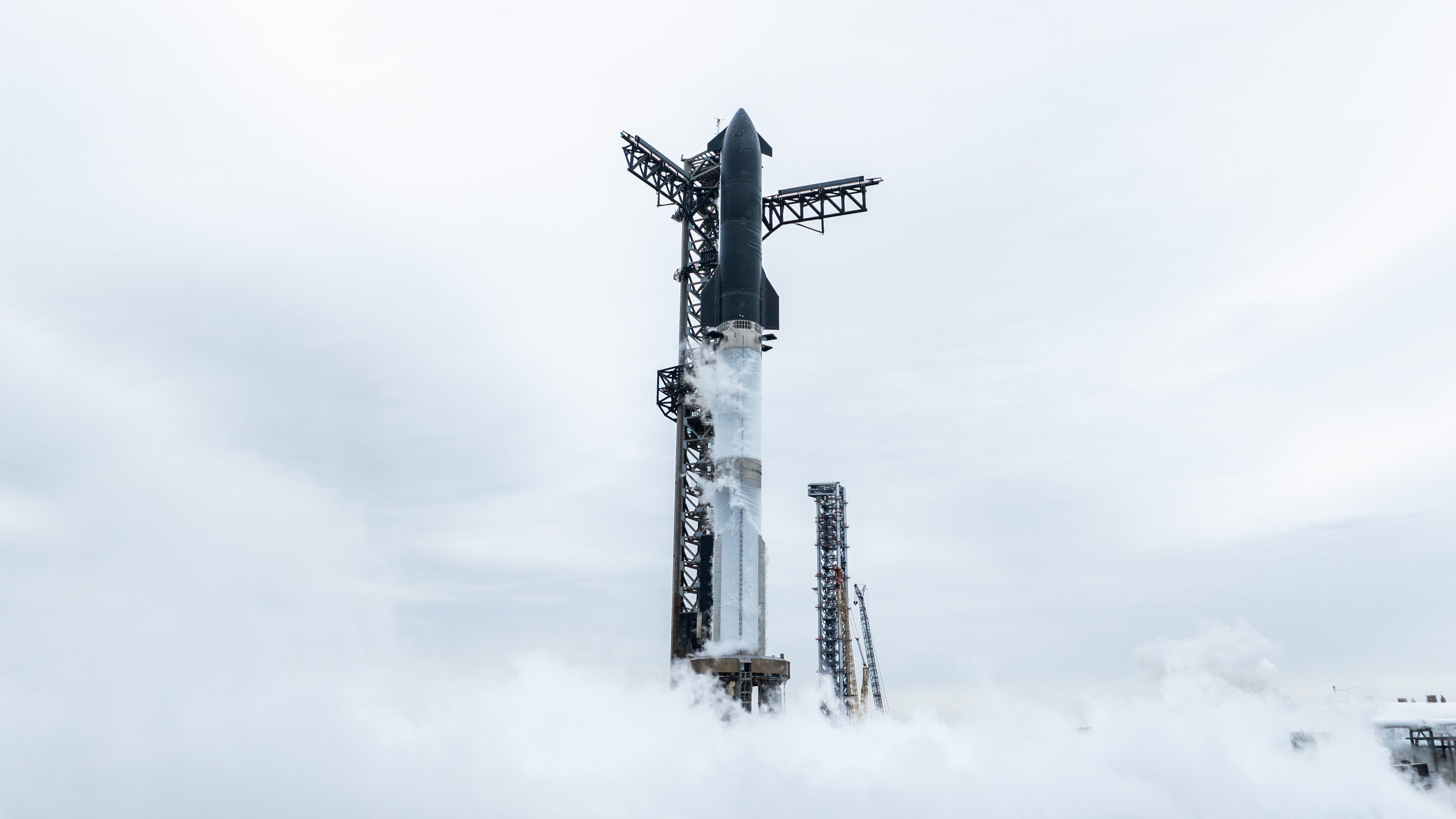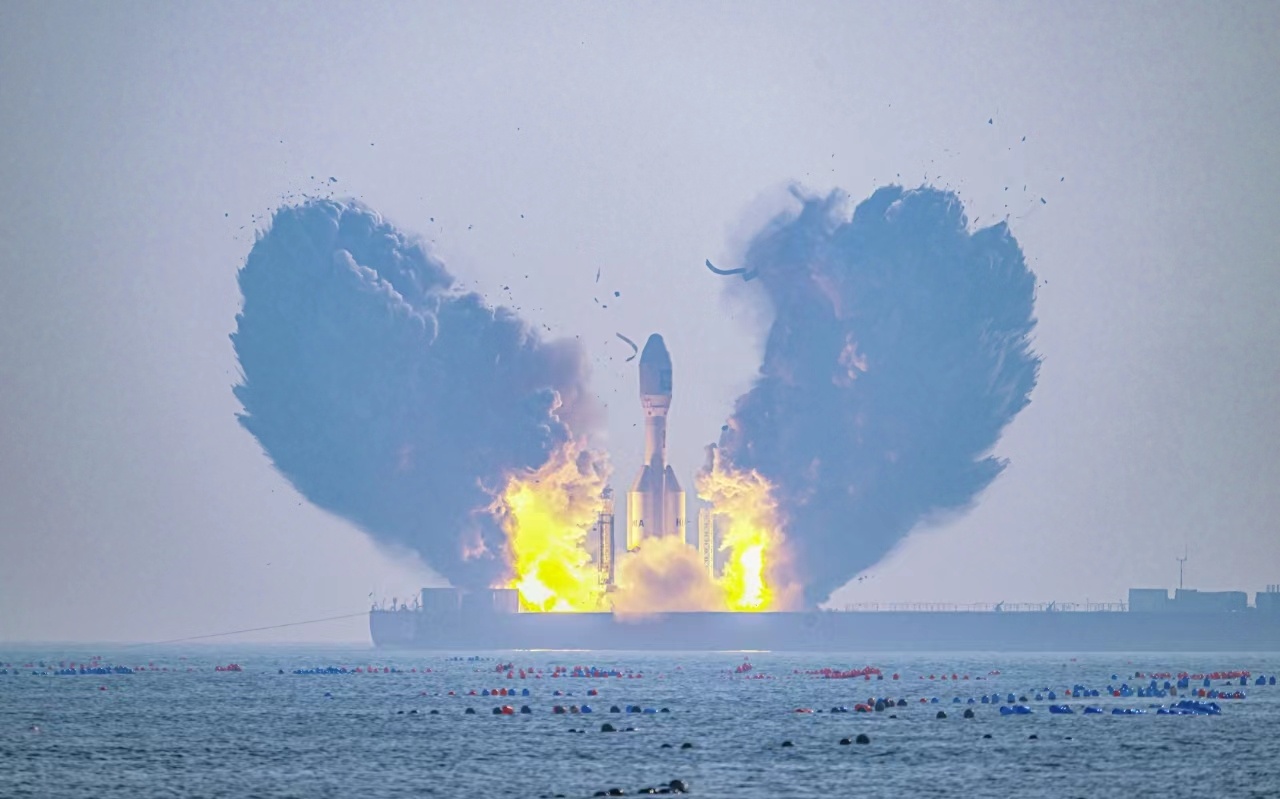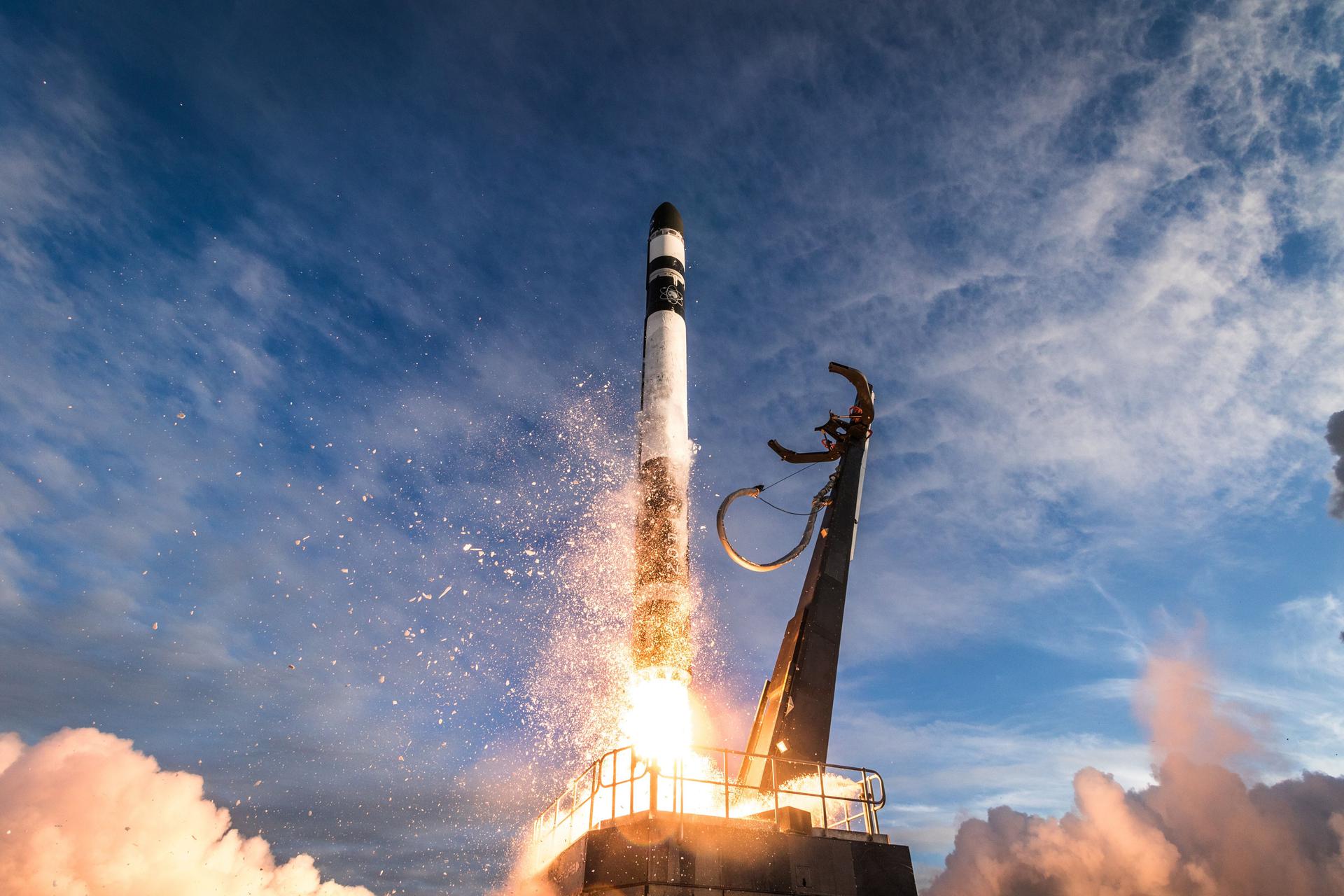Previous Spaceflight Launches
Filter by Agency, Locations or Vehicles
Show All LaunchesElectron | Owl New World (StriX Launch 7)
Rocket Lab | United States of AmericaRocket Lab Launch Complex 1, Mahia Peninsula, New Zealand
Oct. 14, 2025, 4:33 p.m.
Falcon 9 Block 5 | Project Kuiper (KF-03)
SpaceX | United States of AmericaCape Canaveral SFS, FL, USA
Oct. 14, 2025, 1:58 a.m.
Starship | Flight 11
SpaceX | United States of AmericaSpaceX Starbase, TX, USA
Oct. 13, 2025, 11:23 p.m.
Long March 2D | Shiyan 31
China Aerospace Science and Technology Corporation | ChinaJiuquan Satellite Launch Center, People's Republic of China
Oct. 13, 2025, 10 a.m.
Gravity-1 | 3 satellites
Orienspace Technology | ChinaSea Launch
Oct. 11, 2025, 2:20 a.m.
New Shepard | NS-36
Blue Origin | United States of AmericaCorn Ranch, Van Horn, TX, USA
Oct. 8, 2025, 1:40 p.m.
Falcon 9 Block 5 | Starlink Group 11-17
SpaceX | United States of AmericaVandenberg SFB, CA, USA
Oct. 8, 2025, 3:54 a.m.
Falcon 9 Block 5 | Starlink Group 10-59
SpaceX | United States of AmericaCape Canaveral SFS, FL, USA
Oct. 7, 2025, 6:46 a.m.
Falcon 9 Block 5 | Starlink Group 11-39
SpaceX | United States of AmericaVandenberg SFB, CA, USA
Oct. 3, 2025, 2:06 p.m.
HASTE | JUSTIN
Rocket Lab | United States of AmericaWallops Flight Facility, Virginia, USA
Oct. 1, 2025, 12:28 a.m.









